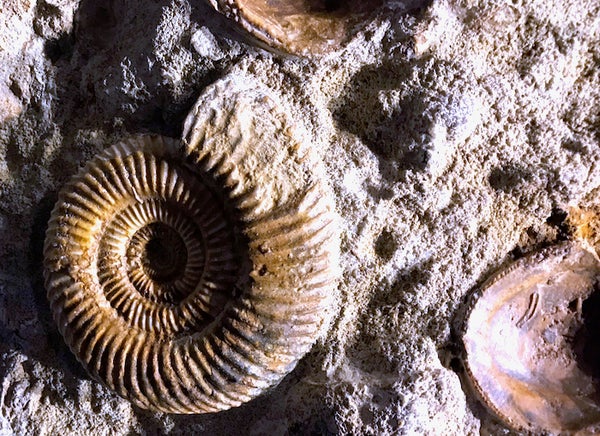This article was published in Scientific American’s former blog network and reflects the views of the author, not necessarily those of Scientific American
The current flurry of actions and concerns to do with the spread of the COVID-19 virus across the human population has got me thinking about some of the curious ways we conceptualize the nature of life. Ways that, in many respects, are directly counter to how life appears to actually function.
For instance, when a nasty little pathogen like COVID-19 emerges, we naturally start trying to limit its spread and to find ways to eliminate it – through vaccination and social control. All completely reasonable. We also, I think, imagine the situation as a ‘war’, a threat, and a thing to be corralled and directed. The virus is a fault in the system, a deviation from the pathway that we envisage for ourselves. In other words, it highlights the fact that we tend to think of the underlying biological nature of our life as something with rules, rights, and governance (religion doesn’t help dissuade some of us from this).
Except that’s not how it works. Evolution’s directionality is mostly an illusion. For instance, while it’s certainly true that on average the net complexity of life on Earth has increased in fits and starts, that may be solely in service of deeper physical drivers; not because complex life is somehow ‘better’ than less complex life.
On supporting science journalism
If you're enjoying this article, consider supporting our award-winning journalism by subscribing. By purchasing a subscription you are helping to ensure the future of impactful stories about the discoveries and ideas shaping our world today.
To back up for a moment: the living things that we see at any moment in time are there because they can be. These are the species whose traits have, for now, allowed their propagation into the future. There is no plan behind this, it’s like an enormously complex elaboration of throwing a bunch of coins into the air and declaring all the ones that land heads-up the winners. The coins didn’t plot this outcome, it happened because the vagaries of air currents, angular momentum, and each coin’s microscopic variations. For life the major addition to this scenario is that those variations, the traits, can muddle through in replications of the current generation, and some will increase the odds of landing heads up again.
Complexification of life seems to happen in part because organisms that can sense, embody, and act on more information about the world around them increase their odds of being there in the future. They can move to food, avoid predators, and so on. Information processing requires increasingly complicated physical structures and mechanisms. But relentless biological experimentation, governed by the likelihood of continued existence, also explores an invisible landscape of free energy. Discovering opportunities to dissipate that energy and be swept along in the flow of the 2nd law of thermodynamics: There are vastly more possible futures of disorder and inaction than there are of order and action, thus the world moves towards thermodynamic equilibrium and greater entropy.
That combination of thermodynamic imperative and informational flow is potent and has, across billions of years, unlocked more and more ways to release and process energy – in biochemical reactions, in photons from the Sun, in re-engineering Earth’s environments over and over.
Because of all of this it’s tempting to say that life is all but inevitable. It’s part of how the universe unpacks itself.
I suspect that is true, however it’s only true in a statistical, average sense. After all, it’s not like life on Earth has always been successful. There have been enormous extinction events, and enormous slow-rolling revolutions that have pushed certain kinds of life into peripheral, boutique niches. The example of oxygen-breathing organisms versus those for whom oxygen is toxic is a pretty instructive case. Life is also a system constantly in competition with itself, from predator and prey to host and parasite, and pathogen to victim. Sometimes those competitions can flame out, other times they push species in new directions.
Which connects things back to humans and COVID-19. While in no way diminishing the very real and immediate human suffering that is associated with this virus, or our reasonable efforts to contain and eliminate the threat, it is a fascinating example of this greater drama playing out on Earth. This virus – like many - will shift the nature of our species, maybe not by large amounts, but it will contribute to the unseen and complex spreadsheet of biological chance and contingency that computes the ripples of likelihood that spread into the future of our survival.
I’m not suggesting that the effects of this virus, biologically and socially, will contribute to the downfall of our species in some unanticipated way centuries from now. But it could. Equally, any of the trillions upon trillions of daily biological events and experiments taking place on Earth might be setting the world up for the next mass extinction. Perhaps making life less robust when yet another asteroid pounds into us (which will happen, it’s simply a question of when). Or laying the pathway for some new form of pathogenic organism that takes the planet back from all those cumbersome multi-cellular species, resetting life to its enormously successful state some three billion years ago.
